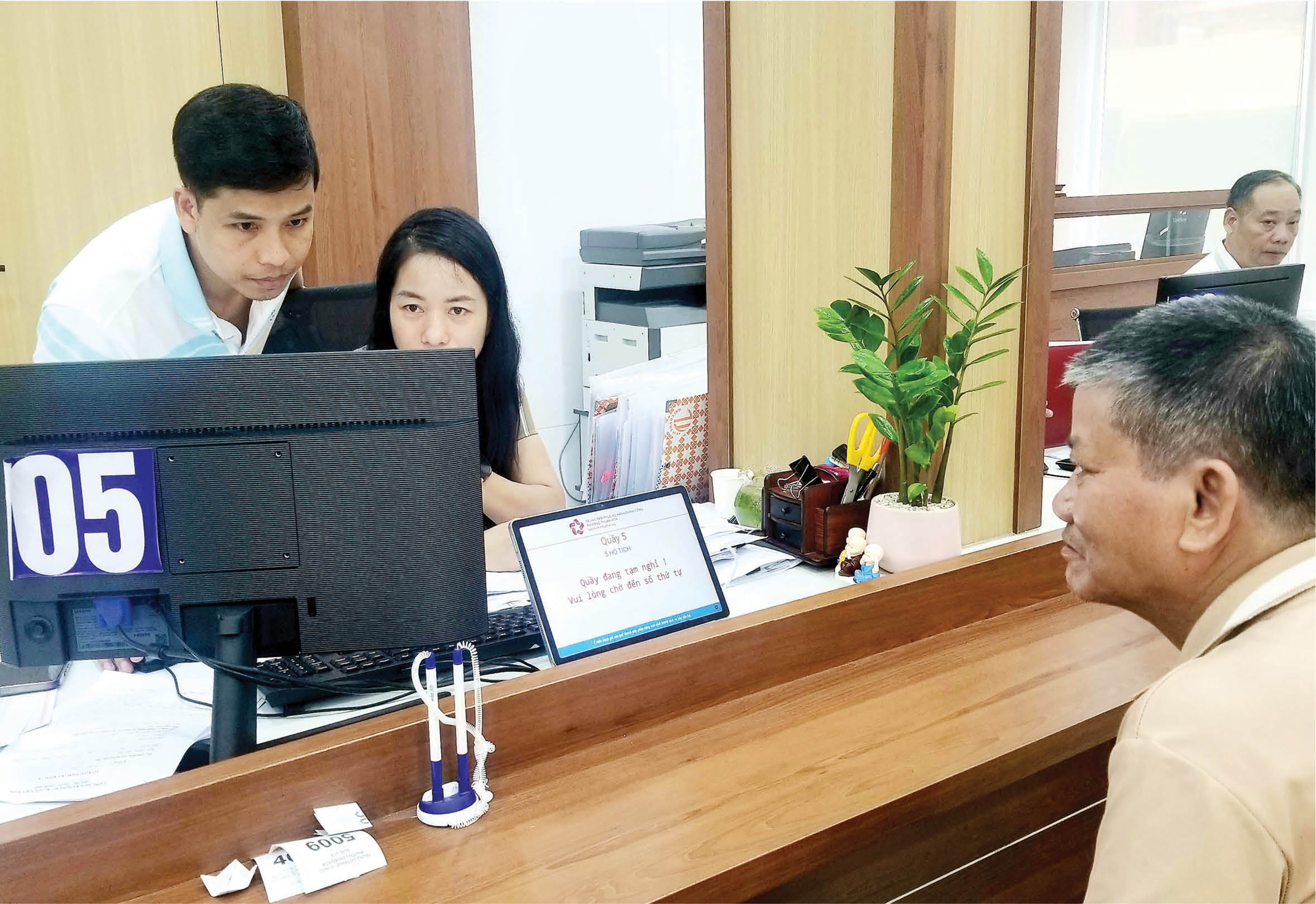 |
| Exploiting shared data to serve administrative procedure settlement for people |
Integrating “soft infrastructure”
As a unit playing a core role in advising on the construction of digital platforms and digital data, in recent times, the Department of Science and Technology (DOST) has collected, connected and processed data from many fields: Security and order, traffic, health , environment, public services, social life... to serve the operation of digital government.
Mr. Nguyen Xuan Son, Director of the Department of Science and Technology, said that instead of using many separate software, Hue aims to integrate all management, reporting and operation activities on a unified platform. Data is not just stored, but must be analyzed, visualized and provided in real time, becoming a tool to support leaders at all levels to make timely and accurate decisions.
The new point of the 2-level local government model is the need for consistent and synchronized operational data from the city to the commune and ward. Once there is a “soft infrastructure” with a uniform digital data source, management, supervision and service to the people will be implemented in a unified manner, avoiding duplication, saving resources and improving efficiency.
Assessing this convenience, according to Mr. Le Thang Long, Vice Chairman of An Cuu Ward People's Committee, the most obvious is that since operating a 2-level local government associated with a smart city, thanks to the application of digital data sources such as HueIOC, Hue-S as a basis for operation and management, it has helped departments and work operate more smoothly, bringing higher satisfaction to the people.
Although the beginning brought some advantages, because the reform and innovation of the state administrative apparatus is still in its infancy and has no "precedent", it requires continuing to expand the city's shared data warehouse and interconnect with central ministries and branches. This data warehouse is considered the "backbone" to deploy new and modern technology applications in management, promoting the development of digital government, digital economy and digital society.
In fact, millions of on-site feedback from people via the Hue-S application have become an important source of social data. When standardized and integrated, these feedbacks not only help the government handle situations quickly, but also serve as a basis for formulating practical policies.
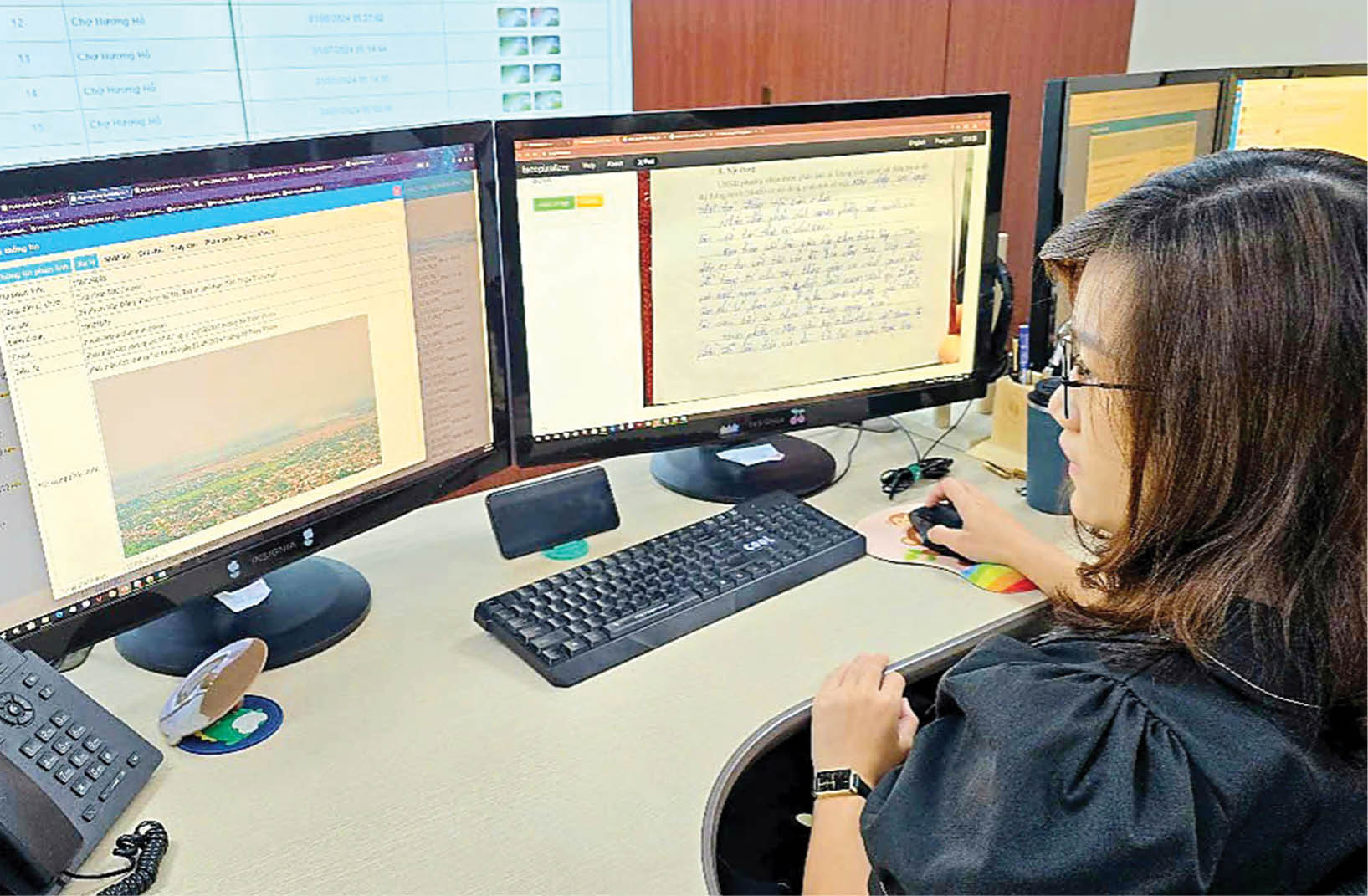 |
| HueIOC is considered one of the city's shared digital data centers. |
Unified from digital infrastructure to digital data
Dr. Ho Dac Thai Hoang, Chairman of the Hue City Union of Science and Technology Associations, said that data-based management is an inevitable trend, helping the apparatus to be both streamlined and effective. He said that Hue has had a systematic approach when taking science and technology as the foundation, linking digital applications with practical needs to enhance social trust. The current key issue is to integrate and unify industry data warehouses and local data into a single focal point, thereby serving management and exploitation more effectively.
In September 2025, Hue City People's Committee issued Plan No. 387/KH-UBND on data strategy until 2030, aiming to build a synchronous, modern data infrastructure, connected to national databases. In particular, the shared data warehouse is built according to the criteria of "correct, sufficient, clean, alive, unified, shared". By 2030, Hue strives to: 100% of data in national databases are digitized and integrated; all administrative procedures are provided online on the National Public Service Portal; people and businesses only need to provide information once when using public services...
According to Director of the Department of Science and Technology Nguyen Xuan Son, this is a major orientation to form a digital government based on a unified data platform. This approach both reduces overlapping investment costs and ensures transparency and timeliness in serving people and businesses. Even in investing in digital infrastructure and digitizing data, departments, branches or communes and wards are not allowed to invest in or apply specialized digital platforms or independent commune-level digital platforms, but must go through the competent authority assigned to establish them and must be integrated into Hue-S, the city's shared data center.
Currently, the Smart City Monitoring and Operation Center (HueIOC) is playing the role of the “brain” connecting all smart solutions, from the government to businesses and people. If in the past, each field had a separate system, now the IOC allows data to be centralized and operated in a unified manner. This helps save resources, while ensuring publicity and transparency because all activities are based on real data instead of emotions.
People also benefit from having a single connection channel, avoiding the situation of "information disorder" from many different sources. At the same time, the development of open data is also identified by the city as a strategic step, encouraging the community, businesses, and researchers to participate, especially in the context of Hue entering the 2025 - 2030 term with the orientation of developing digital government based on unified data, connected with the national database.
Source: https://huengaynay.vn/kinh-te/tich-hop-du-lieu-phuc-vu-chinh-quyen-so-158499.html








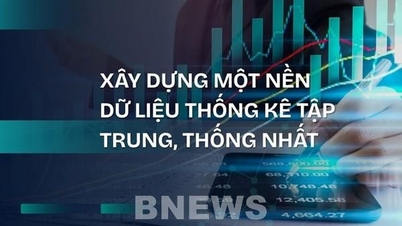

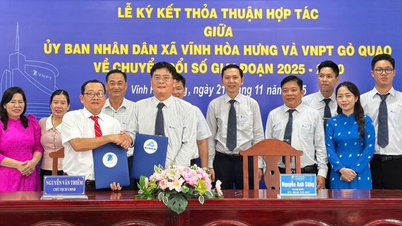





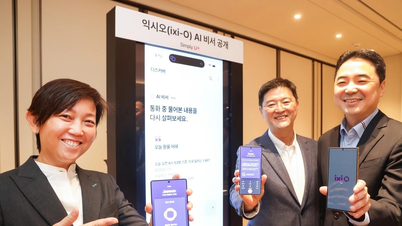

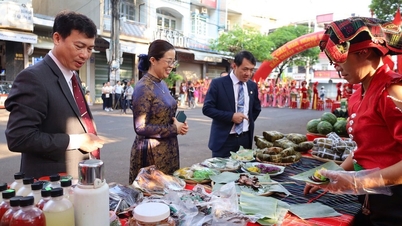

















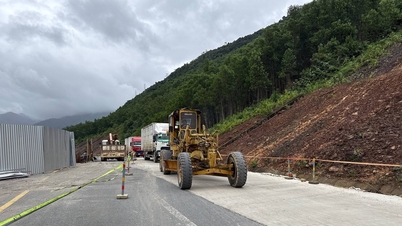


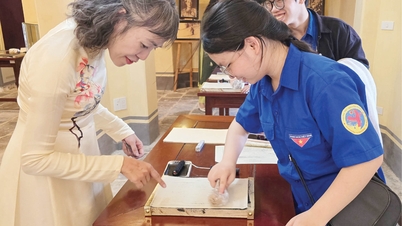



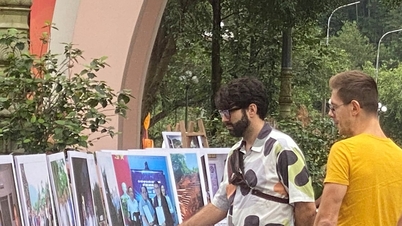



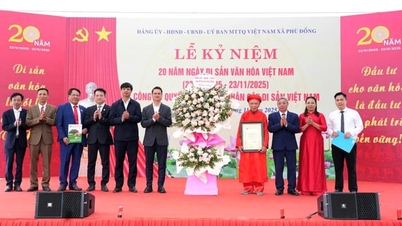















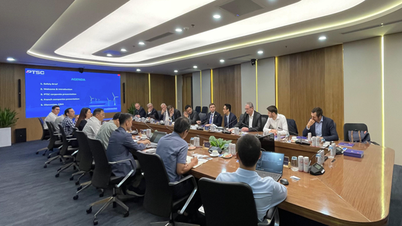

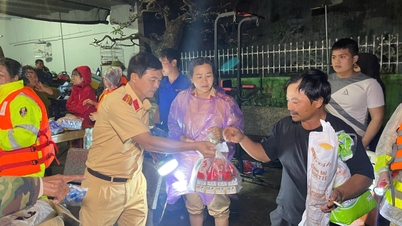


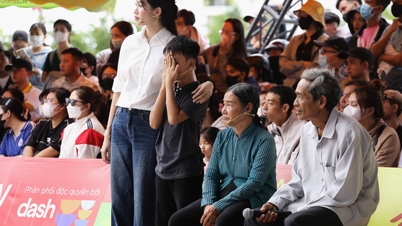
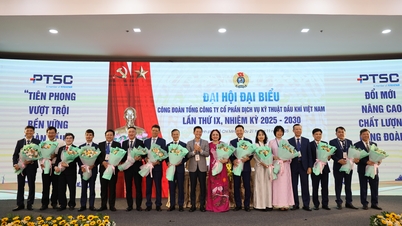
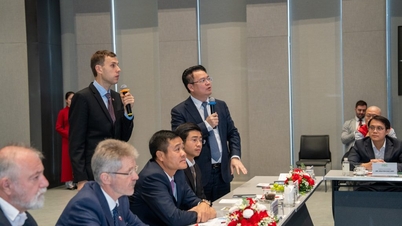






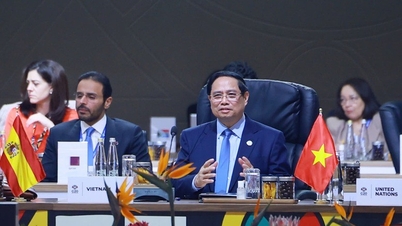











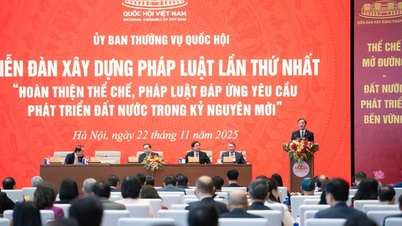

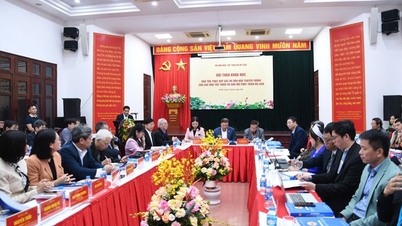




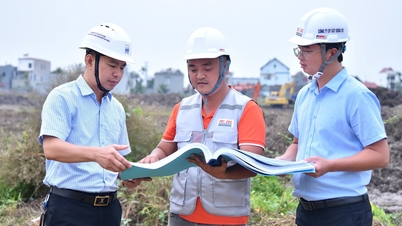


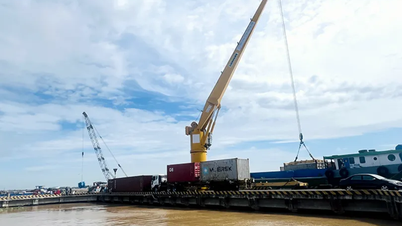
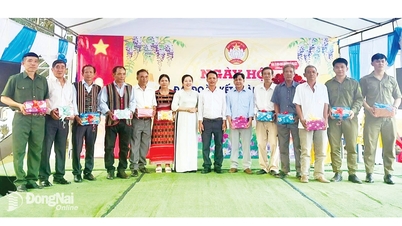
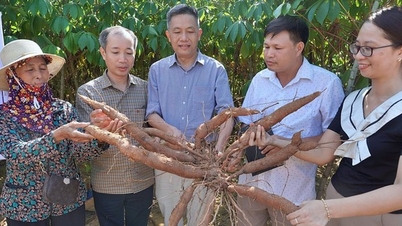


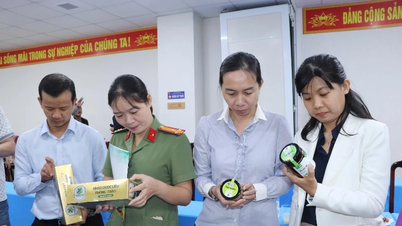

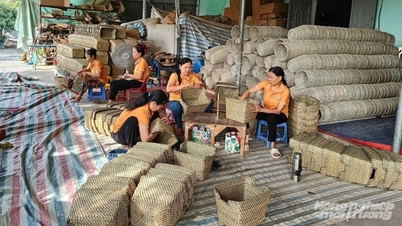

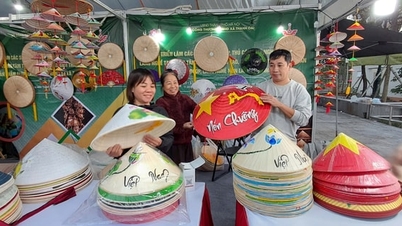






Comment (0)